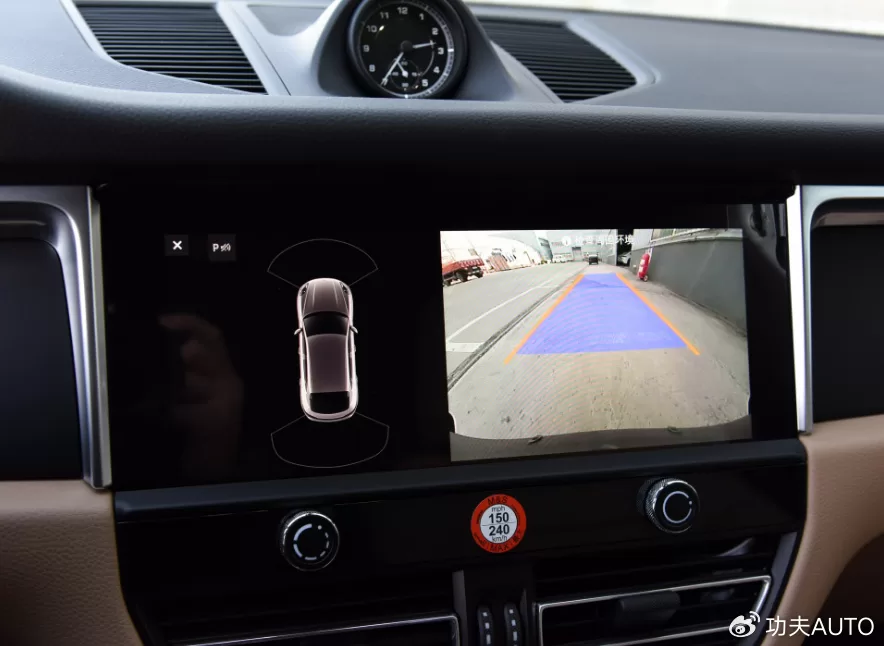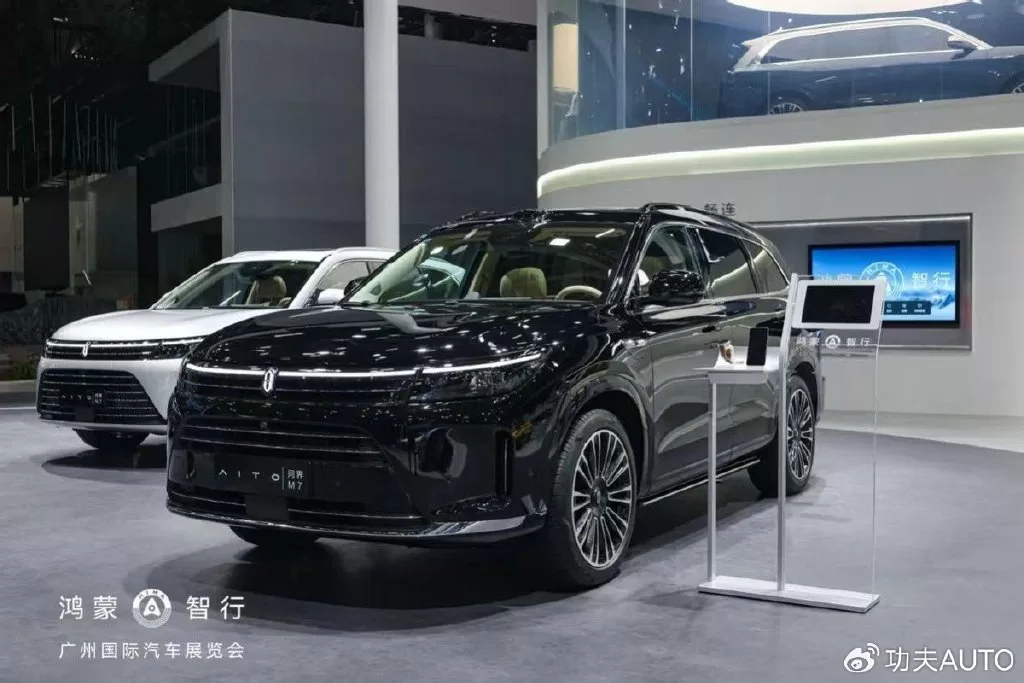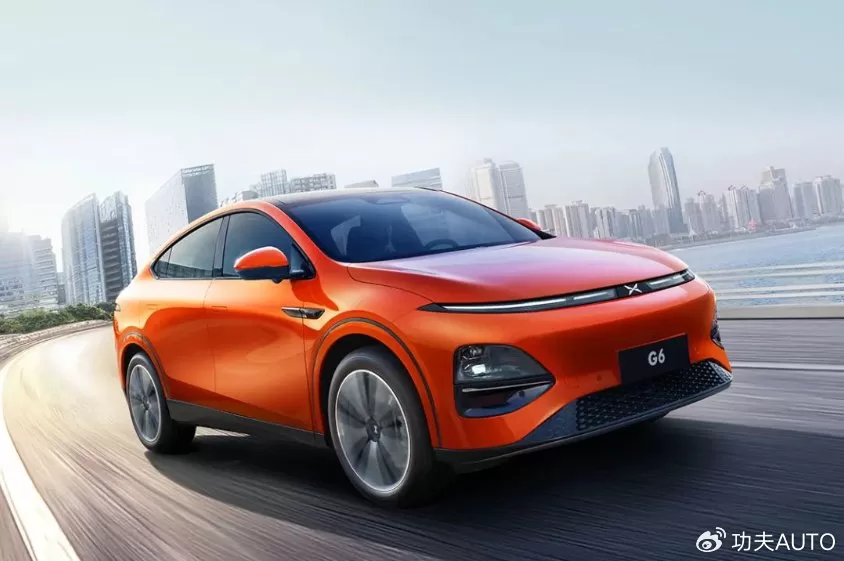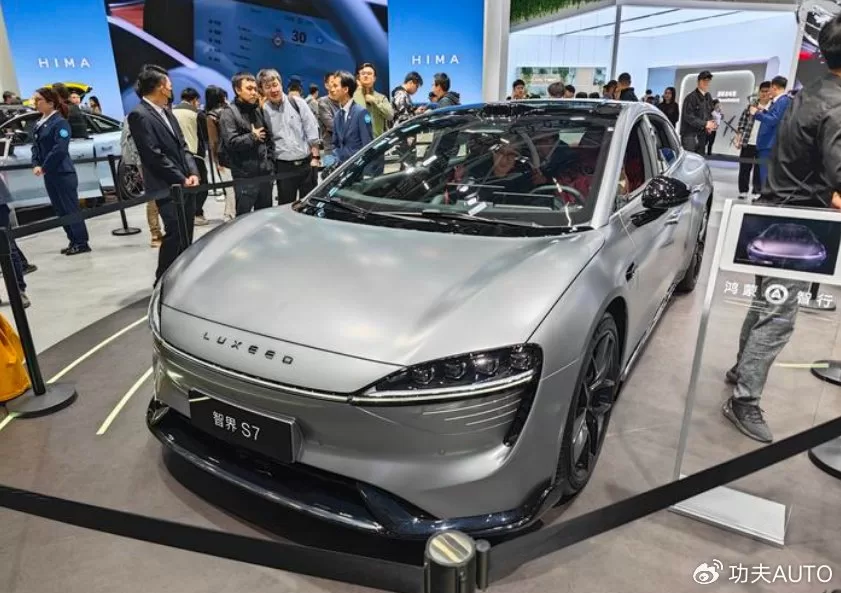Riding on the wave of the Guangzhou Auto Show, the latest order situation of the Avita 12 was announced. The new car not only broke through 15,000 units in just 6 days, but the average order price also exceeded 350,000 yuan (49410$). Because 70% of users chose to install the comfort package, and 32% of users chose to install electronic rearview mirrors, it can be said to be a pleasant surprise. In fact, it’s not just the Avita 12, Huawei and Xiaopeng have previously revealed that over 70% of users of the Wanjie New M7 and Xiaopeng G6 choose to install laser radar.
How to “make customers buy high-end models” has always been a big challenge for major car companies, and even luxury brands find it difficult to do so. How do these domestic new energy vehicles achieve this? Let Gongfu Auto show you. Once an industry pain point, luxury brands scratch their heads? For a long time, car companies have been very troubled about how to get customers to buy high-end models. The reason is not complicated, the price difference between low-end and high-end cars is often several tens of thousands, but the development cost is not much different. For car companies, a car priced at 150,000 may only have a profit of two to three thousand for the base model, but the top model may have a profit of two to three tens of thousands, nearly 10 times the difference. But consumers obviously know this, so they often make it difficult for car companies to get what they want.
As a result, car companies have come up with countless ways to address this issue. Take the BMW 5 Series for example, a car with a starting price of 475,500 yuan (67130$), but it doesn’t even have 360-degree panoramic imaging or adaptive cruise control, let alone automatic parking or reverse track parking. Is this something that BMW can’t afford? Of course not. After all, the entry-level version of BMW already comes with electric tailgate, LED headlights, and iDrive car system, and it’s obvious that the cost of these features is higher than that of 360-degree panoramic imaging. The reason why they left this “back door” for the entry-level version is actually quite simple – it forces customers to choose the higher configuration. Many car companies are doing the same, and some are even going too far by doing things like making “anything below the top configuration is considered entry-level”, even if buying the second highest configuration still lacks a lot of necessary features, which makes consumers very angry.
Porsche is undoubtedly the master of this. As a super luxury brand, its base model is similar to a $50,000 car, often priced in the millions without even including LED lights, and even charging extra for optional wheel logos. Porsche is quite proud of this, even boasting openly that they won’t let any “naked” cars leave the lot. It has to be said that these brands’ tactics are indeed very powerful, and most consumers, after some struggle, end up forking over the money. After all, if you want to buy their car and are attracted to their brand, you have to pay for it. But no matter what, most consumers are actually very dissatisfied with this. Many people have lamented in the past that if it weren’t for luxury brands being the only option for over 300,000, they wouldn’t put up with their nonsense. This is also the reason why new forces have risen in recent years and are able to quickly gain ground – everyone is “fed up.” From “not worth it” to “worth it,” the rise of high-end domestic cars is key Before, people didn’t like to buy high-end models or deal with optional extras, but ultimately it all comes down to one issue: consumers feel that it’s “not worth it.”
Taking the 360 panoramic image of the Porsche Macan as an example, this is already a mature technology, and adding it costs no more than 2000 yuan (280$). But at Porsche, it costs 9100 yuan (1280$). The full-speed range adaptive cruise control is also a very mature technology, but at Porsche, it costs 18,400 yuan (2600$), and keyless entry costs 7900 yuan (1120$). For many domestically produced cars in the 100,000 yuan (14120$) range, these are already standard features. Other joint venture cars are not much different, adding one or two thousand for the so-called high configuration, but the experience improvement is minimal. And many of these features are not even something consumers pay attention to, such as panoramic sunroofs or AEB active braking systems.
And the high-end options for domestic cars often do enhance the driving experience. Take the Avita 12 for example, many people may wonder why they should choose an electronic rearview mirror, especially with suspicions about its immature technology. The reason is simple, because electronic rearview mirrors perform better in low-light conditions at night, and they are also more compact, giving a more technological look. Not to mention the built-in heating and defogging function, the lens also has a hydrophobic film, and the heating time can reach up to 120 seconds, making it completely fearless of rainy and foggy weather. Although the optional price of electronic rearview mirrors is not cheap, it is both practical and technological, and many people are indeed interested in trying it out.
As for the new M7’s laser radar configuration, it can indeed greatly enhance the driving experience. Not only can it fully follow navigation and drive automatically on overpasses and highways, but it can also autonomously park in the garage for valet parking, and even open up urban navigation assisted driving in the future. For city driving of several tens of kilometers, it can achieve zero or just one or two interventions, making driving much easier. Even with traditional comfort configurations, the new forces provide more “stuff.” Take the Avita 12’s Comfort Suite, for example, which includes a 7.1.4 immersive panoramic sound field, suede-like exquisite ceiling, silent electric suction doors, and rear privacy glass. Compared to spending twenty thousand yuan on adaptive cruise control for a Porsche, this upgrade is undoubtedly overwhelming. Why are people willing to buy high-end configurations for new energy vehicles? In plain terms, it’s because the price is right and the experience upgrade is worth it. Want to sell high-end configurations? First let consumers “take advantage”? Of course, not all new energy vehicles can “sell” high-end configurations. Kung Fu Auto has summarized that several popular high-end vehicles all have one thing in common, which is letting consumers “take advantage.”
Using the Xiaopeng G6 as an example, this car was initially marketed as the “ultimate cost performance”. A high-intelligence new energy mid-size SUV, yet the price has been set at the 200,000 yuan (28240$) level, which is truly shocking. In order to sell for 200,000 yuan (28240$) in a grand manner, Xiaopeng even changed the name of the car from Xiaopeng G7 to Xiaopeng G6, in order to avoid confusion with the sedan flagship P7, deliberately making way. What does the 209,900 yuan (29630$) configuration of the Xiaopeng G6 include? The answer is a full set of L2+ XPILOT assisted driving system, a full set of safety equipment, 800V supercharging architecture, and the Qualcomm 8155 plus Nvidia Orin-X chip. Performance-wise, it has a 6.6-second acceleration from 0 to 100 km/h and a range of 580km, which is also of a good standard. It is precisely because of this high basic configuration that consumers have been impressed, and many are willing to spend more money to choose the high configuration and optional laser radar.
The new M7, Avita 12, and the recently launched S7 are actually quite similar in their approach. Their market prices are much lower than expected, including the new M7 which has added a lot of features and at the same time reduced its price. This kind of move makes consumers feel like they are getting a good deal when ordering a car, and they are more willing to spend money on high-end options. A consumer who was planning to buy the L7 shared their thoughts, saying that after seeing the new M7, they felt it exceeded expectations in all aspects and was cheaper by twenty to thirty thousand. They felt like they were getting a great deal and decided to use the saved money to add options. The car companies have shown sincerity, and consumers are willing to reciprocate. In the past, joint venture cars were unable to sell high-end models, ultimately due to a lack of sincerity. The added features were not significant, and the option prices were not low, so it is natural for consumers to be dissatisfied. The actions taken by car companies to push high-end models ultimately end up consuming their own brand goodwill. For the new generation of new energy vehicles, the base configurations are already very high, and the optional extras are generally worth the price or even more. This is a healthy way to sell cars, where the car companies make money and consumers can truly enhance their experience. What do you think?







